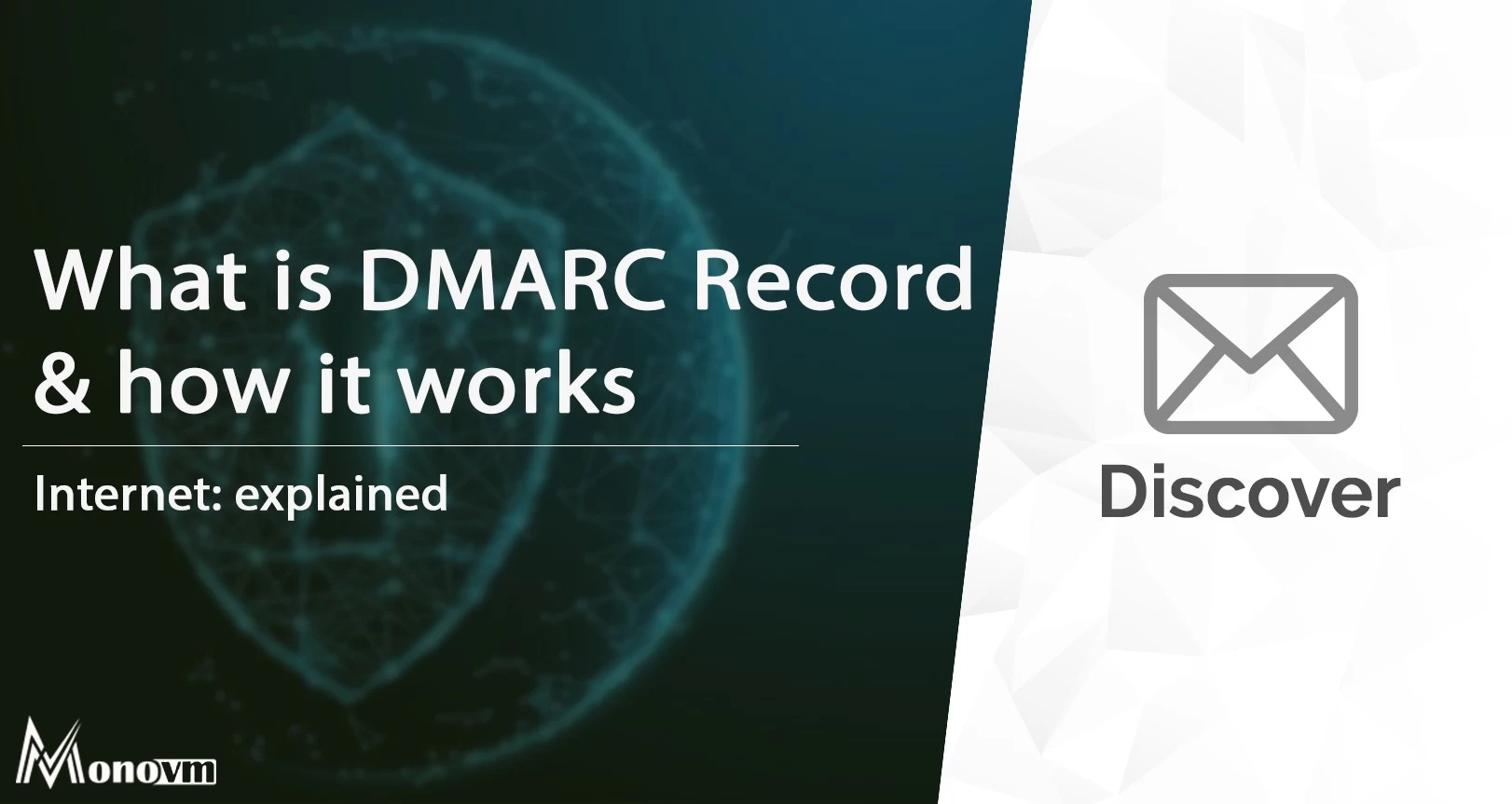List of content you will read in this article:
If you are a business owner, regardless of what size, you surely do not want malicious persons or entities to use your domain name to send fraudulent emails to potential customers or even your current ones. While this being a small part of the current cybersecurity issues, email spoofing is still a common occurrence that could tarnish the reputation of your company without any fault from your side.
To help combat email spoofing, the domain-based message authentication reporting and conformance, or DMARC for short, protocol was developed and published in 2012. Today, we will take a deep dive into how DMARC works, why you need it, and the benefits that come from using it. Let’s get straight into it.
What is DMARC?
DMARC (i.e., Domain-based Message Authentication, Reporting, and Conformance) is an email-authentication protocol. It is designed to give email domain owners the ability to protect their domain from unauthorized use, commonly known as email spoofing. The purpose and primary outcome of implementing DMARC is to protect a domain from being used in business email compromise attacks, phishing emails, email scams, and other cyber threat activities.
DMARC allows senders to instruct email providers on how to handle unauthenticated mail via a DMARC policy, removing any guesswork on how they should handle messages that fail DMARC authentication.
Senders can monitor all mail to understand their brand’s email authentication ecosystem and ensure legitimate mail are authenticating properly without any interference with the delivery of messages that fail DMARC
Quarantine messages that fail DMARC (e.g., move to the spam folder)
Reject messages that fail DMARC (e.g., don’t deliver the mail at all)
Why is DMARC important?
Email is easy to spoof. Criminals love it because it’s easy to exploit and easy to get us to click on phishing emails when they appear to come from senders we trust, especially from well-known brands. Simply inserting the logo of a well-known brand into an email makes it appear more legitimate, exponentially increasing the likelihood that someone will click on something they shouldn’t.
Since it’s getting harder and harder to tell a legitimate message from a forged or malicious one, and because we can’t always trust our email provider to catch and filter these messages before they reach our inbox, we have technologies like DMARC that can help.
What’s required for DMARC to work?
There are 3 components to DMARC that make it work, all TXT records we need to set up in the specific domain’s DNS:
A DKIM (Domain Keys Identified Mail) record: this record provides an encryption key and digital signature that verifies that an email message was not faked or altered.
An SPF (Sender Policy Framework) record: this DNS record allows senders to define which IP addresses are allowed to send mail for a particular domain.
A DMARC record: this DNS record unifies the SPF and DKIM authentication mechanisms into a common framework and allows domain owners to declare how they would like the email from that domain to be handled if it fails an authorization test
DMARC helps prevent criminals from spoofing the “header from” or “reply-to” address using the following process:
First, it checks that the DKIM (or “digital signature”) is a match.
Then it checks the SPF record to ensure the message came from an authorized server.
If both DKIM and SPF pass these checks, DMARC delivers the message to the intended recipient, but if one or more of these tests fail, DMARC behaves according to a policy we set, which includes ‘none’, ‘quarantine’, or ‘reject’.
The Benefits of Using DMARC
Therefore the result of using DMARC is threefold:
Aggregated reports give you an overview of the usage of your email domain across the internet.
The use of reject or quarantine mode reduces the effectiveness of spoofing and will drive malicious senders away.
A reduced number of spoofed emails coming from your domain will increase the overall confidence in your email domain amongst recipient service thus increasing your successful deliverability rate.
Conclusion
We hope that with the help of this blog, you were able to expand your knowledge about DMARC, its uses, and why it is needed. If you have any questions or suggestions, please leave them in the comment section below.

My name is Linda, I have Master degree in Information Technology Engineering. I have some experiences in working with Windows and Linux VPS and I have been working for 2 years on Virtualization and Hosting.